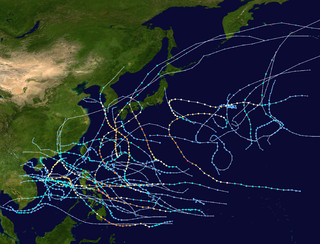The name Pepang has been used for ten tropical cyclones in the Philippines by PAGASA in the Western Pacific Ocean.
- Tropical Storm Hester (1963) (30W, Pepang)
- Typhoon Kate (1967) (T6719, 21W, Pepang)
- Typhoon Jean (1971) (16W, Pepang)
- Tropical Storm Helen (1975) (21W, Pepang) – hit the Philippines and Vietnam
- Typhoon Mac (1979) (27W, Pepang) – crossed southern Luzon and then made landfall near Hong Kong
- Tropical Storm Joe (1983) (Pepang)
- Typhoon Lynn (1987) (27W, Pepang) – responsible for severe flooding in Taiwan
- Tropical Storm Luke (1991) (20W, Pepang) – short-lived storm that brushed Japan
- Typhoon Zack (1995) (28W, Pepang) – a Category 4 typhoon that crossed the central Philippines and then made landfall on eastern Vietnam, causing 110 deaths
- Typhoon Dan (1999) (26W, Pepang) – a Category 3 typhoon that hit northern Luzon then eastern China

